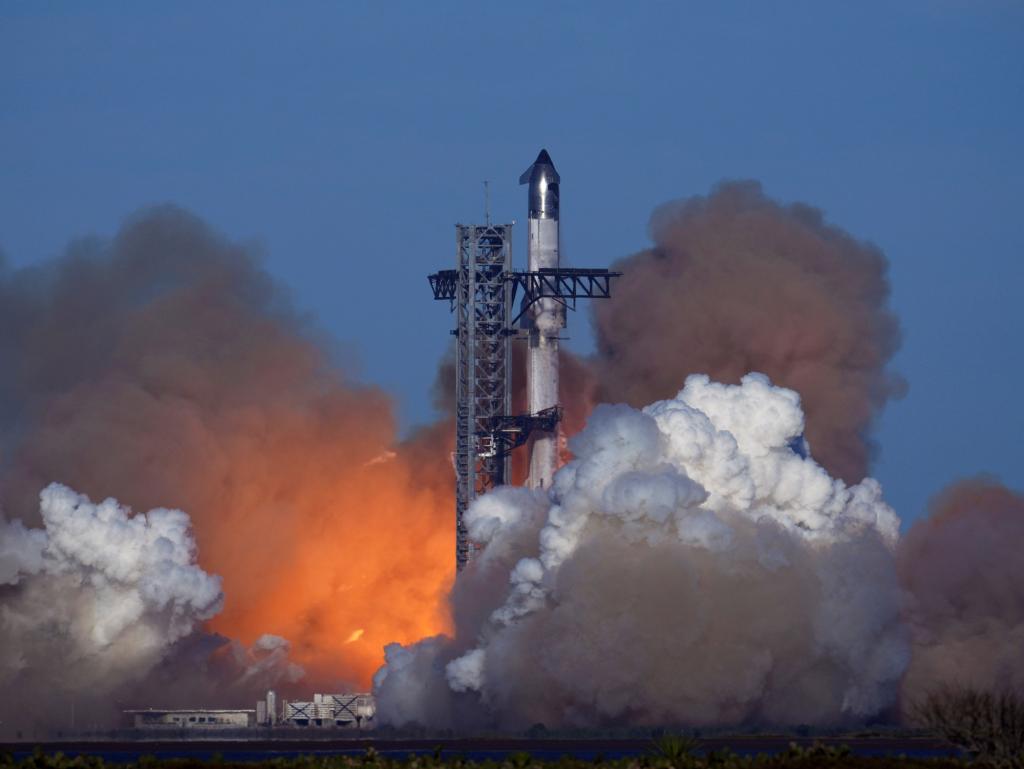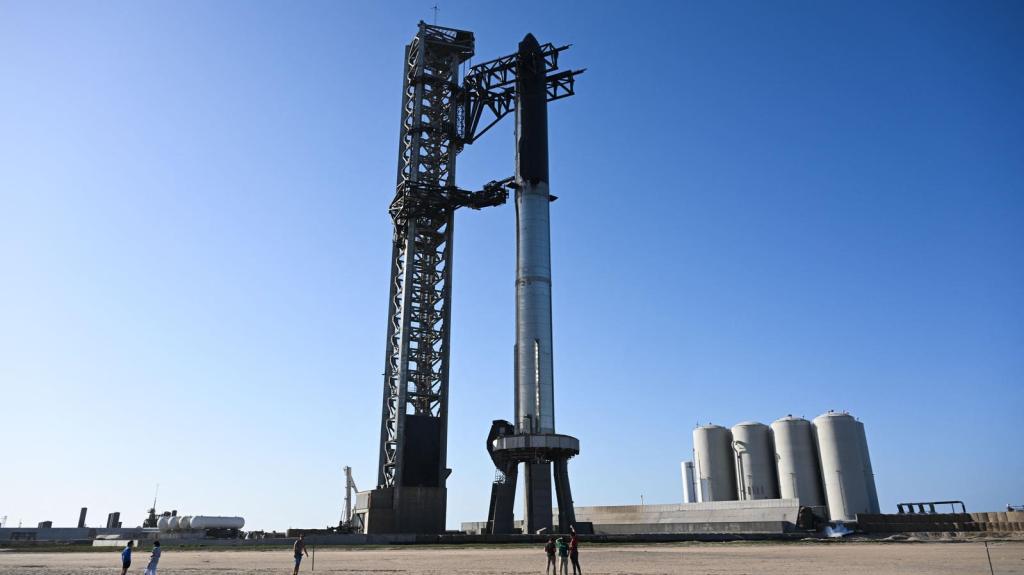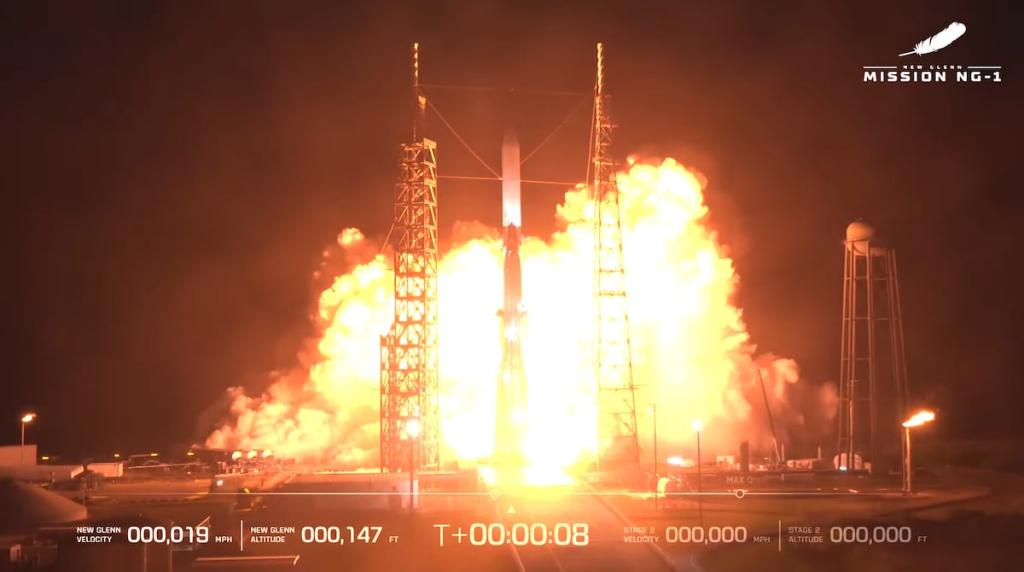SpaceX Launches Dual Lunar Lander Mission for Future Exploration
Discover how SpaceX's dual lunar lander launch marks a new era in sustainable moon exploration, with innovative missions from Firefly and ispace.
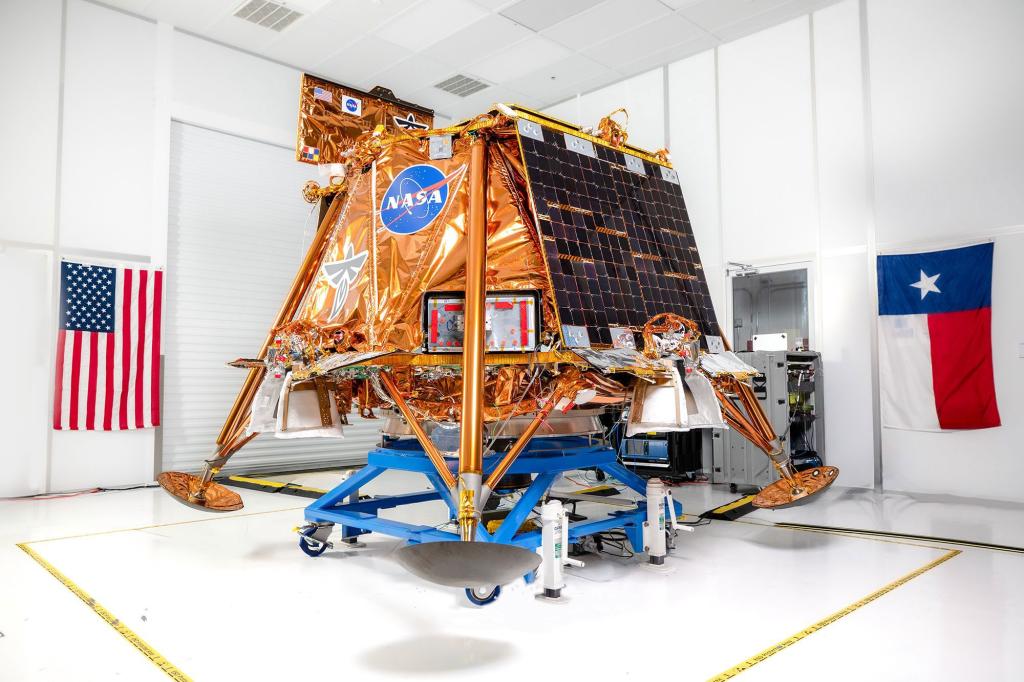
Key Points
- SpaceX
's recent launch of dual lunar landers from
Firefly Aerospaceand ispace marks a significant advance in private sector lunar exploration.
- Firefly's Blue Ghost and ispace's Resilience aim to conduct vital scientific experiments and demonstrate technologies for future human missions to the Moon.
- Both companies are capitalizing on lessons learned from previous missions, showcasing resilience and innovation in the rapidly evolving space industry.
In the early hours of January 15, 2024, SpaceX made history by launching two distinct lunar landers—a symbol of a burgeoning era in private space exploration. With ambitious missions backed by both American company Firefly Aerospace and Japanese firm ispace, this launch signifies a vital step toward realizing the long-held dream of sustainable human presence on the Moon. This dual mission encapsulates both competition and collaboration in the quest to explore our nearest celestial neighbor.

launching with lunar landers" />
Mission Highlights and Goals
The launch took place at NASA's
, where the SpaceX Falcon 9 rocket successfully delivered the two landers into Earth orbit before they embarked on their separate paths to the Moon. Firefly's lander, known as Blue Ghost, is designed to perform multiple scientific experiments, including soil sampling and atmospheric assessments, as it aims for a soft landing at Mare Crisium, also known as the Sea of Crises, scheduled for early March 2024.
On the other hand, ispace's lander—named Resilience—seeks redemption after its first attempt ended in failure last year. This time, the lander will spend a more prolonged travel period, taking around four to five months to reach its target at Mare Frigoris, or the Sea of Cold. This strategic approach is not merely about timeliness but rather about enhancing the reliability of its systems.

Technological Innovations and Scientific Endeavors
The missions are significantly aligned with NASA's broader Artemis program, which aims to return humans to the Moon by 2027. Firefly Aerospace's Blue Ghost will conduct approximately ten experiments, including notable projects such as drilling beneath the lunar surface to measure temperature and collecting lunar dust to analyze its composition. These experiments not only pave the way for future human explorations but also promise to enhance our understanding of lunar geology.
ispace's Resilience will deploy a small rover called Tenacious, driven to uncover vital resources, including potential water sources that would be critical for future human settlements. Both missions aim to contribute to our understanding of the Moon’s environment and assess how it can support long-term human presence. This dual initiative is not just about reaching the Moon; it's about preparing the way for humanity's future in space.
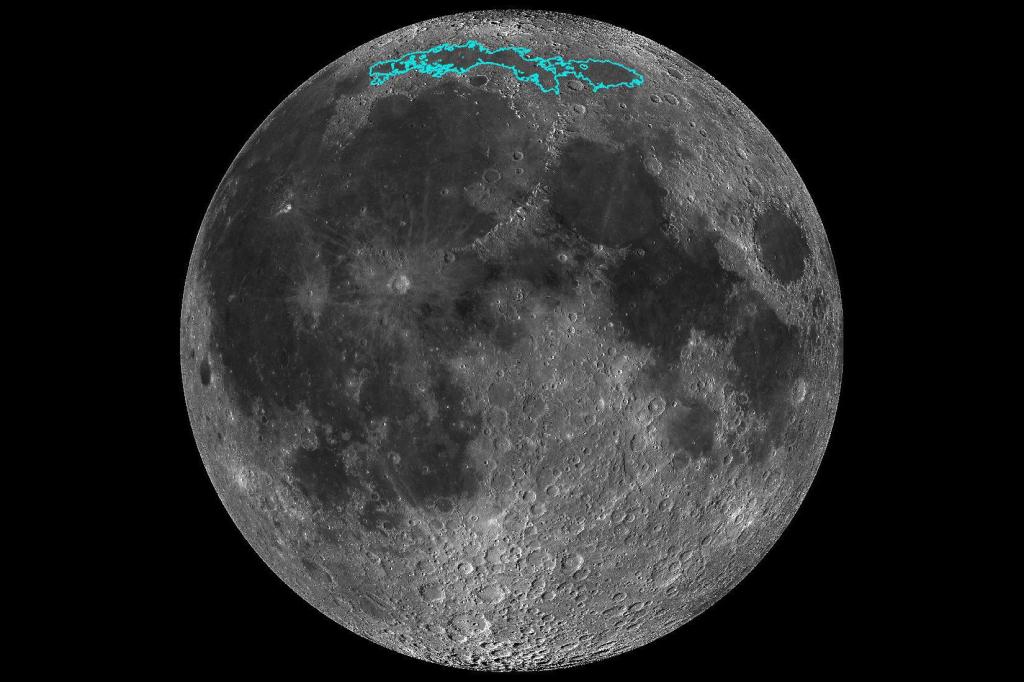
Challenges and Lessons Learned
Despite the excitement surrounding these missions, challenges remain. As noted by ispace's executives, previous attempts to land in the lunar soil have not gone as planned, with their inaugural mission resulting in a crash. However, they view adversity as a learning opportunity, emphasizing that valuable data gathered from past mistakes will inform their current strategy. This resilient mindset is crucial in the unpredictable realm of space exploration.
Blue Ghost’s journey will also serve as a litmus test for Firefly Aerospace, marking their first voyage to the lunar body. CEO Jason Kim has expressed confidence in the mission's design and engineering, acknowledging, however, that uncertainties still loom over the endeavor.
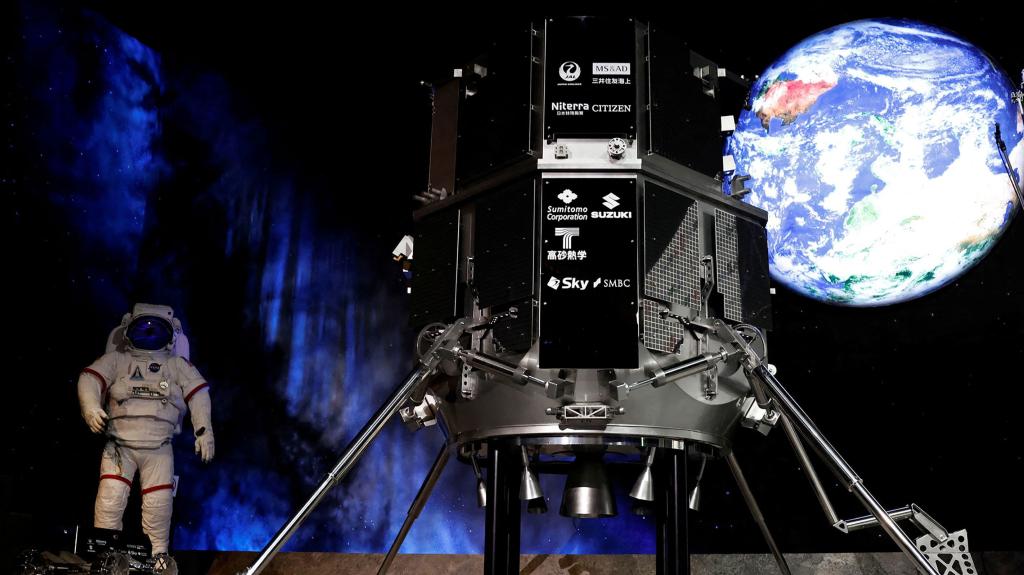
Looking Ahead: A Collaborative Future
The growing involvement of private companies in lunar exploration heralds a new era where public and private sectors can collaborate to push the boundaries of human knowledge. The successful deployment of Blue Ghost and Resilience marks an essential chapter in the ongoing story of humanity's ascent into space. As international partnerships deepen and more commercial players enter the field, the potential for innovative breakthroughs in space technology and science is immense.

In summary, the recent SpaceX launch is a testament to the rising interest and capability of private companies in space exploration. With ambitious goals and collaborative hopes, the upcoming missions serve as a reminder that space is not just for government agencies anymore; it's an arena for innovation and discovery, eagerly awaiting new pioneers to push its boundaries.
